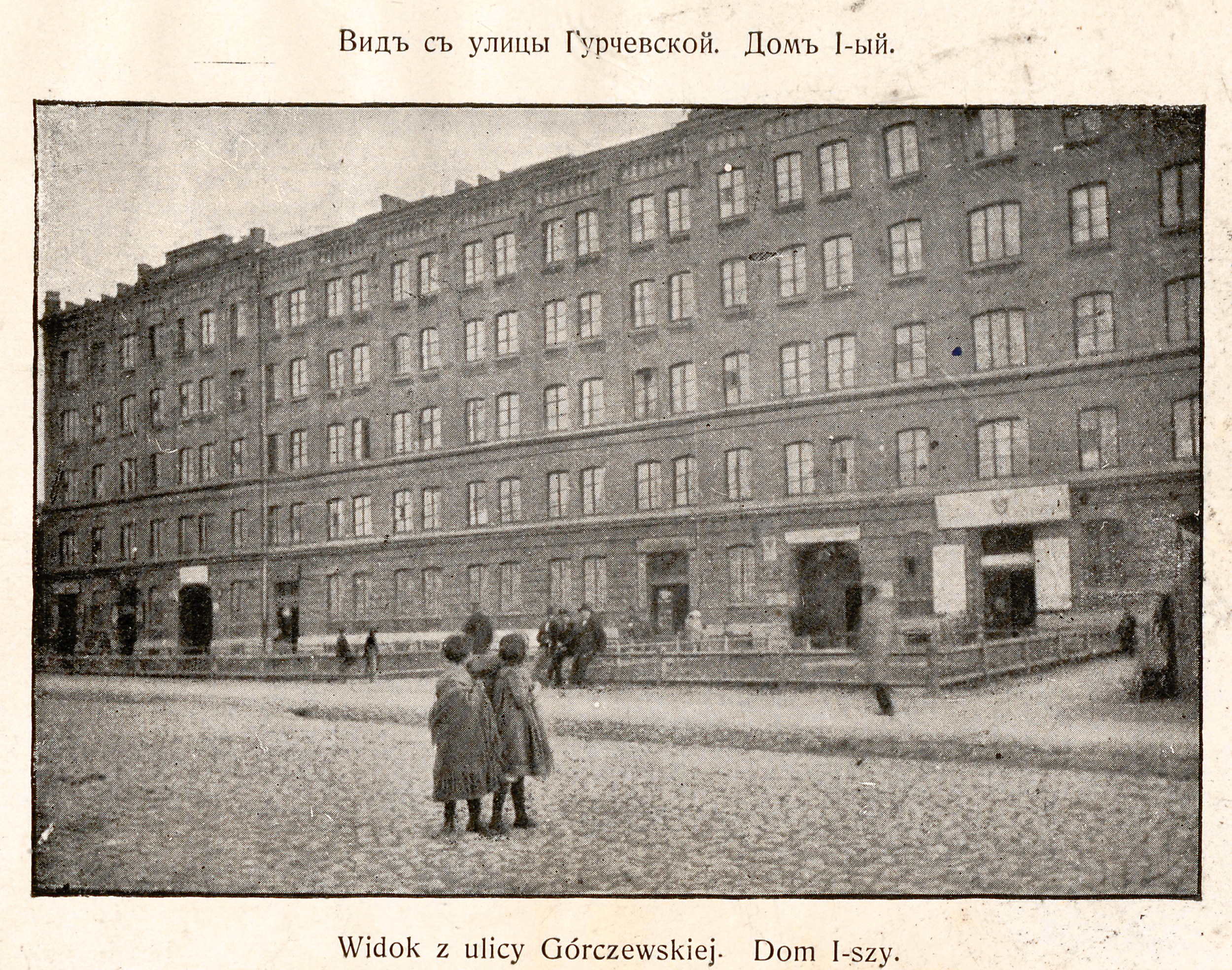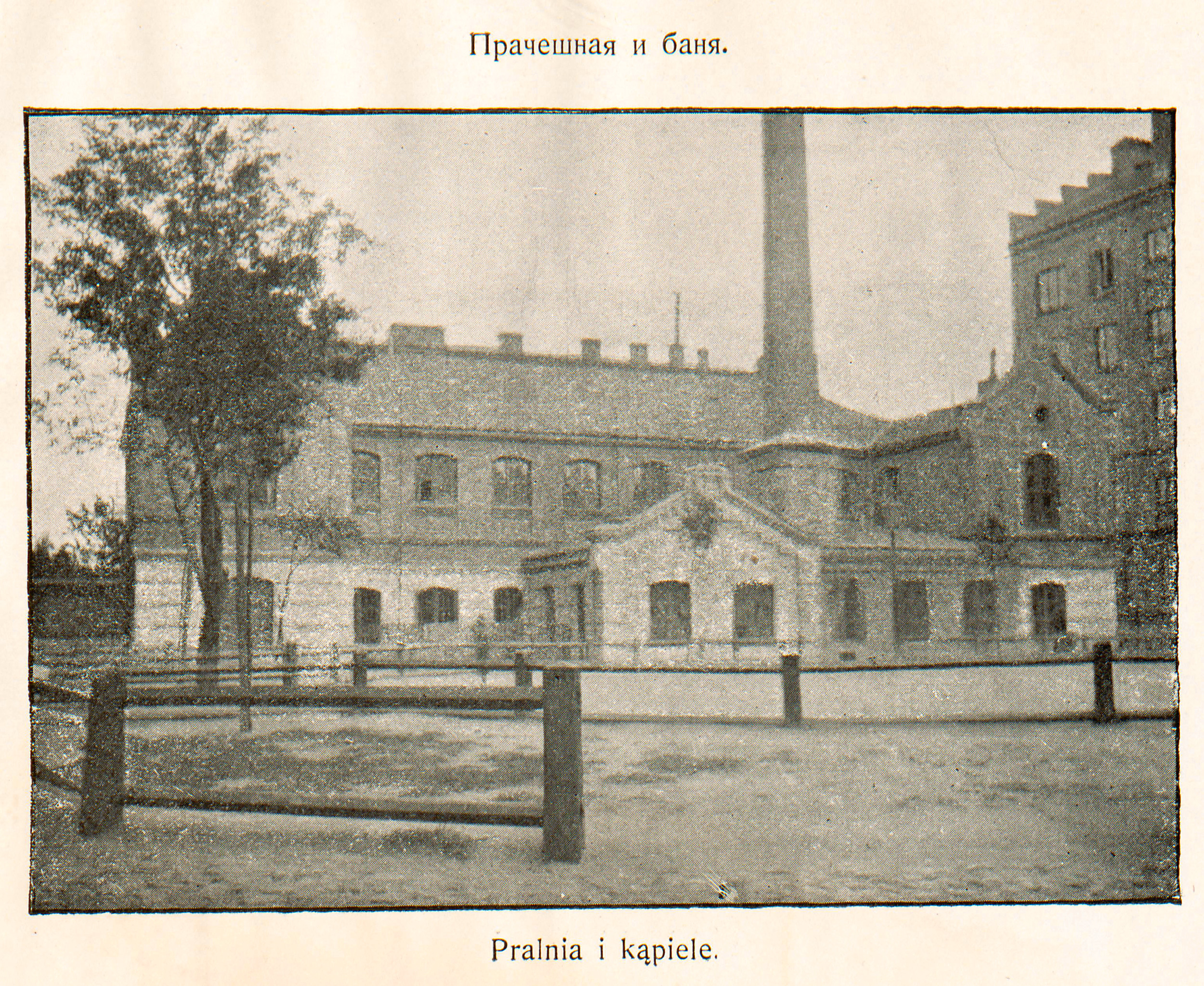By the end of the nineteenth century urbanization and industrialization led to rapid population growth in the cities of the Russian Empire, as elsewhere in Europe. As the development of urban infrastructure lagged reformers grew increasingly alarmed by a lack of affordable, hygienic housing. One of the most ambitious and successful projects to address this concern was the initiative of the Jewish banker and philanthropist Hipolit Wawelberg (1843-1901). In 1897 Wawelberg decided to “provid[e] working people with cheap, hygienic, and civilized housing” in the outlying Wola neighborhood of Warsaw. He erected three large blocks with modern apartments as well as auxiliary buildings housing amenities including baths, a day care, a clinic, and a room for “decent entertainment.” Wawelberg hoped this complex would “foster mutual respect and tolerance” between Jewish and Christian Poles and mandated that residents be drawn equally from both groups.
These so-called “cheap houses” inspired a similar project in Vilna the following year and a second nearby development in Warsaw in 1925. Yet their success was tempered by high construction and maintenance costs, which led to less profitability and more crowded conditions than anticipated. Moreover, few Jews chose to inhabit the apartments, thwarting Wawelberg’s goal of promoting Jewish-Christian co-existence. These buildings created comfortable and sanitary homes for poor Warsaw residents and a new kind of community that encompassed public health, social welfare, and cultural functions. Yet Jews’ failure to feel at home there suggests the difficulty of creating true integration on the intimate level of domestic space.

